#burial tombs
Text
Seeing a Large Cat

I have begun reading #9 in the Amelia Peabody mysteries, "Seeing A Large Cat". In the early part of the book, they mention Theodore Davis. Emerson refers to him as a "wealthy dilettante". While Davis was not an actual archaeologist or Egyptologist, he was important in the world of Egyptian archaeology. Davis discovered artefacts relating to Tut. He believed, though, that there were no more relics to be found, once he found the items. Here is the whole story:
#Theodore Davis#King Tut#tutankhamun#artefacts#egypt#ancient egyptian artifacts#egyptian history#egyptology#Valley of the Kings#Howard Carter#Howard Carter-Theodore Davis Partnership#history#archaeology#ancient history#Tuthmosis IV’s tomb#burial tombs#readingamelia#Amelia Peabody mysteries#Elizabeth Peters#Barbara Mertz
8 notes
·
View notes
Photo

Stone-hewn graves at Heysham, Lancashire. Believed to be 11th Century.
68K notes
·
View notes
Photo

Gloria Graves is dug up from her steel tomb, Los Angeles, 1935
19-year-old Gloria Graves has been arrested for violating the city's Marathon ordinance outlawing contests and entertainments involving endurance that might affect participants' health due to locking herself in a steel tomb for the past week at Fifth Street and Vermont Avenue.
Gloria's open coffin rests on solid ground with her still inside of it. The inside of her coffin is white with a speaker attached to the inside so she could communicate with outsiders and a light bulb so she could see.
"Tomb Girl's Bail Fixed," Los Angeles Times, 17 Nov 1935
#gloria graves#1930s#coffin#old los angeles#vintage#tomb#los angeles#burial artist#los angeles times#corinne nienstedt#buried alive#sideshow#endurance contest#great depression#black and white#photography#photo restoration#los angeles times photographic collection#tomb girl#buried alive gal#ucla department of special collections#ark:/21198/zz002dhffs
356 notes
·
View notes
Text
Lavish tomb in ancient Spain belonged to a woman, not a man, new research shows
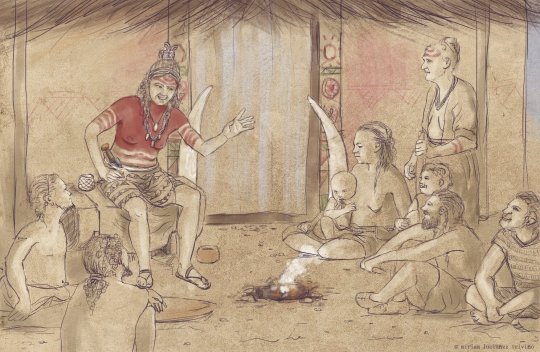
When archaeologists first discovered the 5,000-year-old ornate tomb in Spain, they assumed it was for a man. It held a rock crystal dagger, ivory tusks and other lavish items. But now they've determined the remains are those of a woman, and all it took was two teeth.
The researchers used a new method of determining sex that analyzes tooth enamel. This technique, developed about five years ago, is more reliable than analyzing skeletal remains in poor condition, according to their study published Thursday in the journal Scientific Reports.
Most details about the life of the "Ivory Lady," as researchers dubbed her, remain a mystery but there are some clues.
"She was buried alone in a tomb with very special artifacts," said Leonardo Garcia Sanjuan, a co-author and archaeologist at the University of Seville in Spain. "That shows that she was a special person." Read more.
638 notes
·
View notes
Text
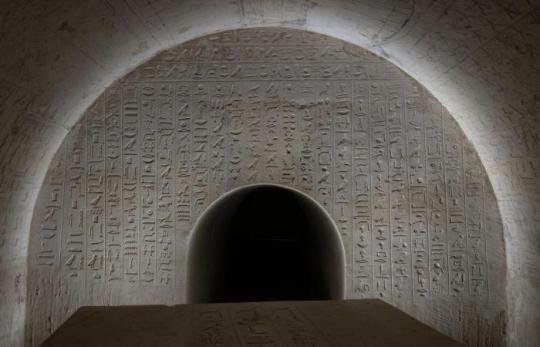
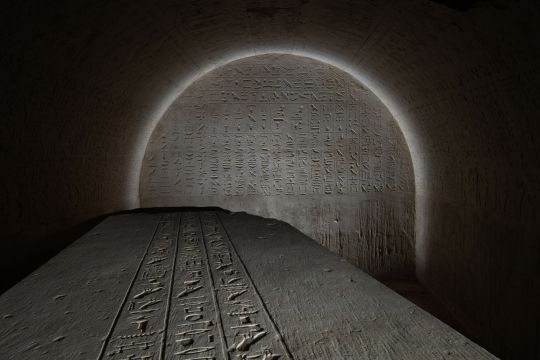
The Tomb of a Royal Scribe Discovered in Egypt
Czech experts have made another important discovery in the Egyptian archaeological site in Abusir. They found the hitherto unexplored tomb of the royal scribe Dzhehutiemhat, which is richly decorated in the form of many hieroglyphic texts and images. They mainly consist of ritual and religious texts, which were supposed to ensure the soul of the deceased an eternal life in the next world.
In April and May of this year, another part of field research by Czech Egyptologists regarding shaft tombs from the middle of the first millennium BC took place in Abusir, Egypt. It was here that the archaeological team of the Czech Institute of Egyptology of the Faculty of Arts of Charles University discovered the tomb of a hitherto unknown dignitary from the time of the Persian invasion of Egypt.
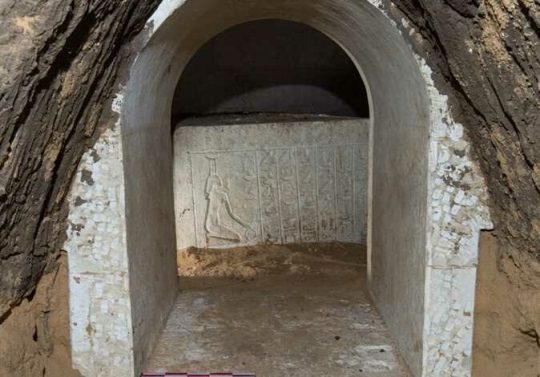

“It is a richly decorated shaft tomb of medium size, whose owner, a certain Džehutiemhat, held the office of royal scribe,” explains Ladislav Bareš, who has been coordinating the research of Abusir shaft tombs for a long time.
From the tomb, the above-ground part of which was destroyed already in ancient times, only the main shaft was preserved, at the bottom of which lay a burial chamber made of limestone blocks at a depth of 14 meters. Access to it was provided by a small, more northerly shaft and a narrow corridor approximately three meters long connecting the access shaft with the burial chamber.
For reasons still unknown, this access shaft was largely filled with several dozen decorated limestone blocks, originating from the dismantled above-ground part of the nearby majestic tomb of General Menechibnekon.
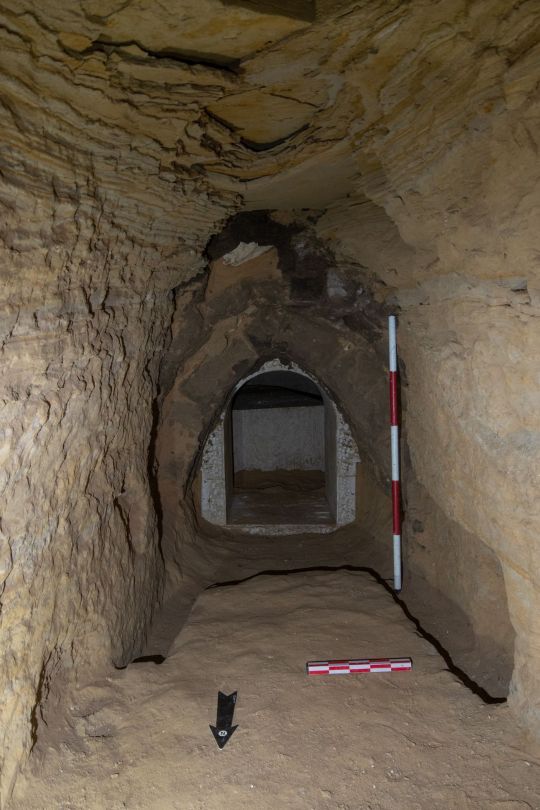
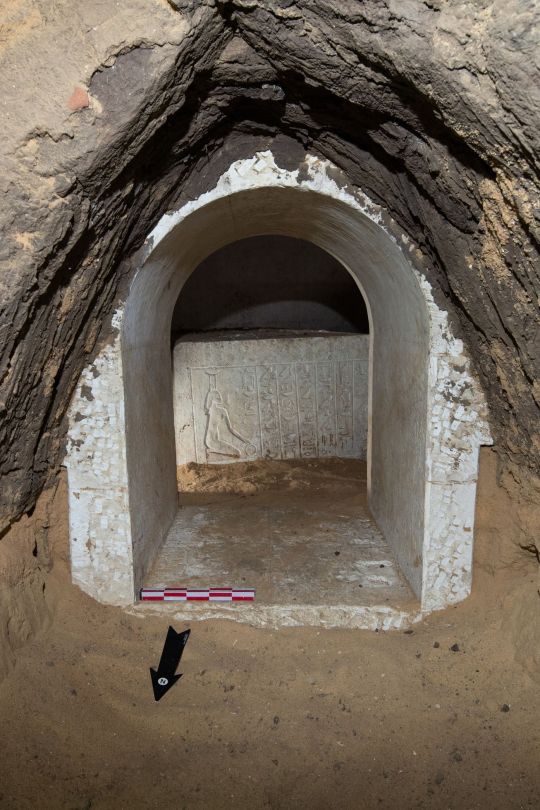
A tomb with rich decoration
The burial chamber is richly decorated with texts and other scenes. A long sequence of incantations against snakebite from the Pyramid Texts covers the north entrance wall. Interestingly, the snakes mentioned in these magical texts represented a potential danger, but could also serve as powerful protectors of the deceased and his mummy.
“While the entrance to the nearby Menechibnekon’s burial chamber was protected by the guardians of the gates of the 144th chapter of the Book of the Dead, in the case of Džehutiemhat, snakes from the Pyramid Texts play this role,” adds Renata Landgráfová, director of the Institute of Egyptology and an expert on the ancient Egyptian language and texts.
The south and west walls are covered with a sacrificial ritual and an extensive sacrificial list. On the ceiling of the burial chamber are depictions of the journey of the sun god Reo through the sky, first in the morning and then in the evening celestial bar. The depictions are accompanied by hymns to the rising and setting sun.
Inside the burial chamber covered with relief decoration is a large stone sarcophagus, which also bears hieroglyphic inscriptions and depictions of gods, both outside and inside. The lid is decorated with texts taken from the Book of the Dead, but also excerpts from the much older Pyramid Texts, which partially repeat sayings that also appear on the walls of the burial chamber.
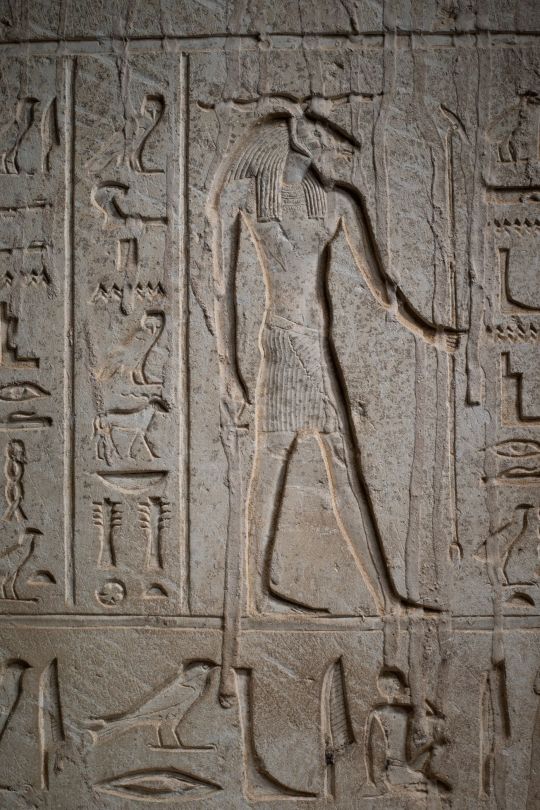
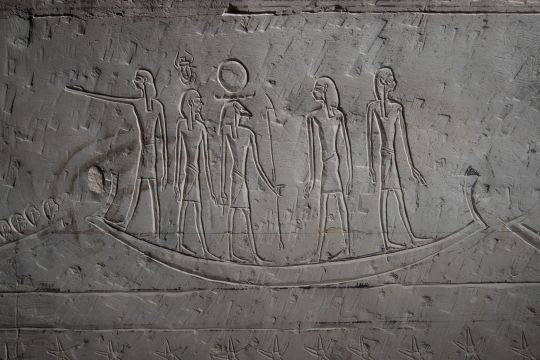
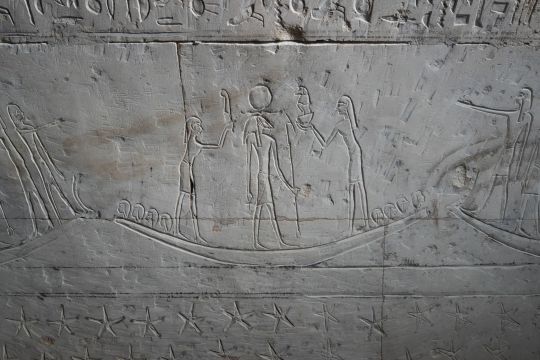
Ritual texts for eternal life
On the bottom of the inner wall of the sarcophagus bath, the goddess of the west, Imentet, is depicted, and its inner sides bear the so-called canopic sayings, spoken by this goddess and the earth god Geb. “The goddess of the west inside the sarcophagus represents the protector, guide and symbolic mother of the deceased,” explains Jiří Janák, who analyzes and interprets religious and magical texts as part of field research.
All the mentioned spiritual-ritual texts were supposed to ensure the deceased a smooth entry into a blissful and well-secured eternal life in the afterlife.
The tomb of the scribe Dzhehutiemhat was discovered almost empty, as it was robbed probably already in the 5th century AD, similar to other tombs in this burial ground.
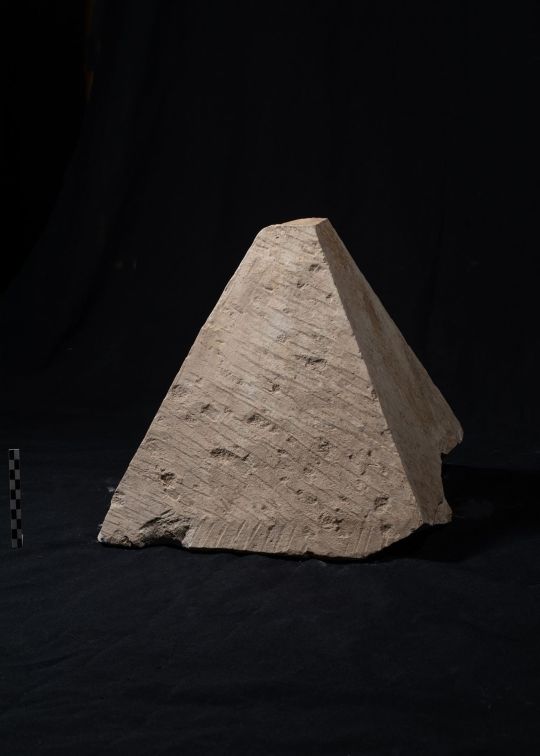
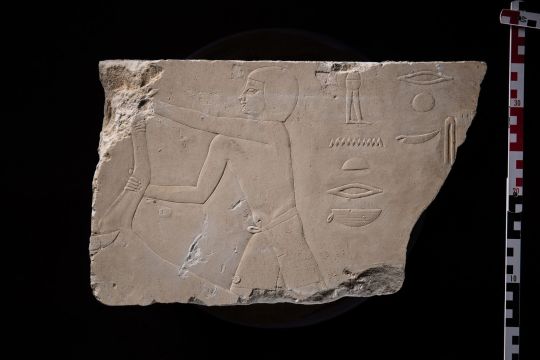

The deceased suffered from sedentary work
From the anthropological analysis of the skeletal remains, which was carried out by leading Egyptian experts, it was found that Dzhehutiemhat died at a relatively early age of around 25 years, he bore the signs of a kind of occupational disease (wear and tear of the spine during sedentary work) and suffered from severe osteoporosis, i.e. thinning of the bones.
The latter fact could place him in the family of other inhabitants of the Abusir shaft tomb burial, in whom the disease was also confirmed, such as the famous Iufaa, the owner of a nearby much larger tomb, whose unlooted burial chamber was discovered in 1996.
It is therefore possible that most of the owners of the tombs buried in this part of the Abusir necropolis belonged to one extended family, firmly anchored in the military elite of late Saiyan Egypt. However, Dzhehutiemhat’s mother probably came from completely different circles and a different part of Egypt at that time. Her two names can be translated as “Nubian” and “Fox”, while the latter is written in an unusual, most likely Berber form.
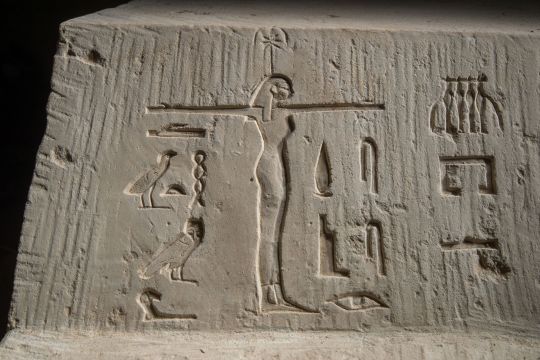
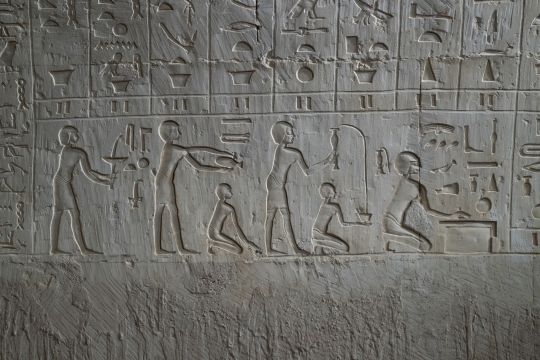
They also found a collection of pottery in the tomb. “The discovery of a large fragment of a Chian amphora with a perfectly smoothed edge is also very interesting, because the ancient looters probably used it as a shovel,” says Květa Smoláriková, who is an expert on Egyptian ceramics and Greek imports in the Czech team.
“The recently discovered tomb of the dignitary Džehutiemhat on the Abusír archaeological concession is the latest piece of knowledge in the mosaic of the history of ancient Egypt at the end of its glory in the late period, in the 6th century BC,” says Miroslav Bárta, director of Czech archaeological research in Abusír, about the discovery.
“The shaft tombs represent a special type of tombs of this time. They were created as a specific attempt by the ancient Egyptian elites for a renaissance and are based on the form of the tomb of King Djoser, the founder of the famous Old Kingdom, the time of the pyramid builders in the 3rd millennium BC,” he adds.


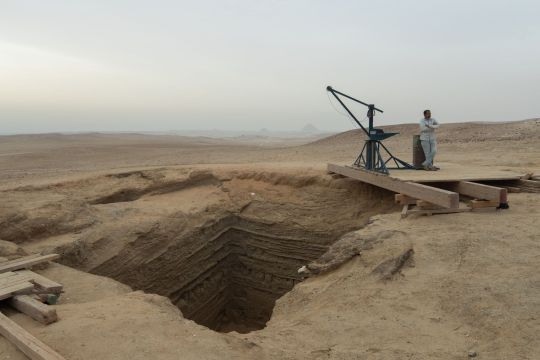
#The Tomb of a Royal Scribe Discovered in Egypt#Abusir Egypt#Dzhehutiemhat#first millennium BC#ancient tomb#ancient grave#ancient artifacts#burial chamber#Czech Institute of Egyptology#archeology#archeolgst#history#history news#ancient history#ancient culture#ancient civilizations#ancient egypt#egyptian history#egyptian art#long reads
277 notes
·
View notes
Text
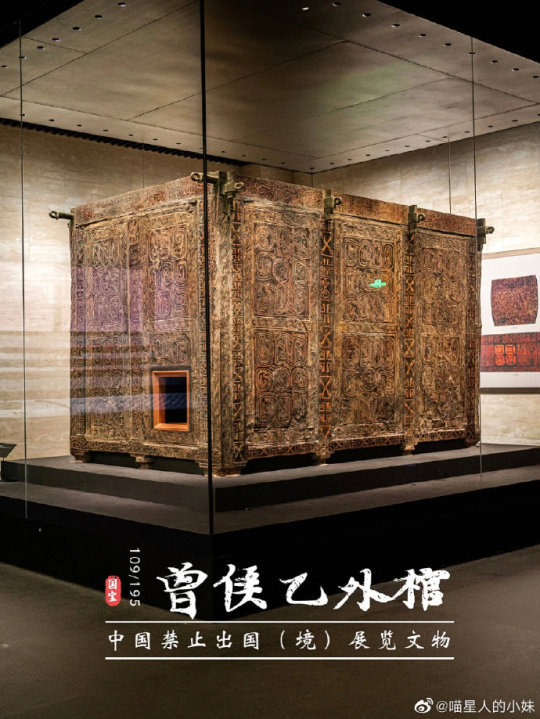

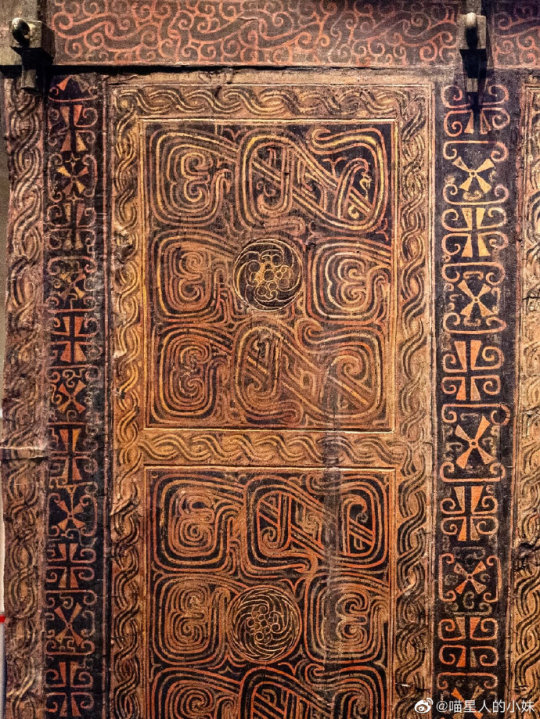
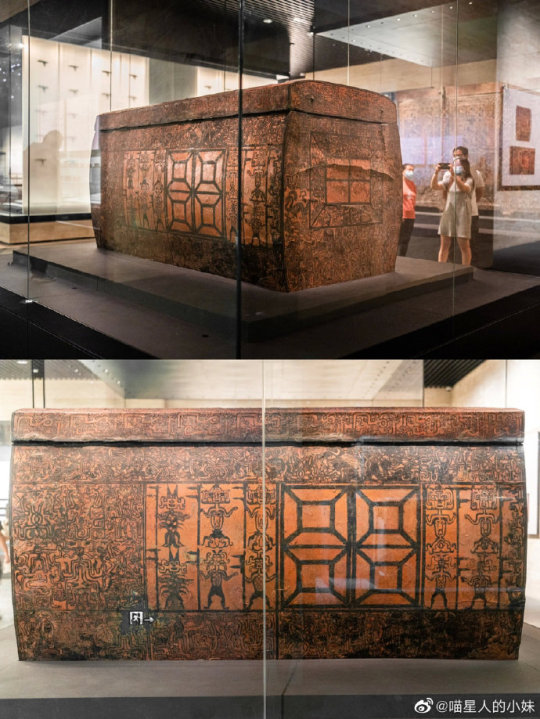
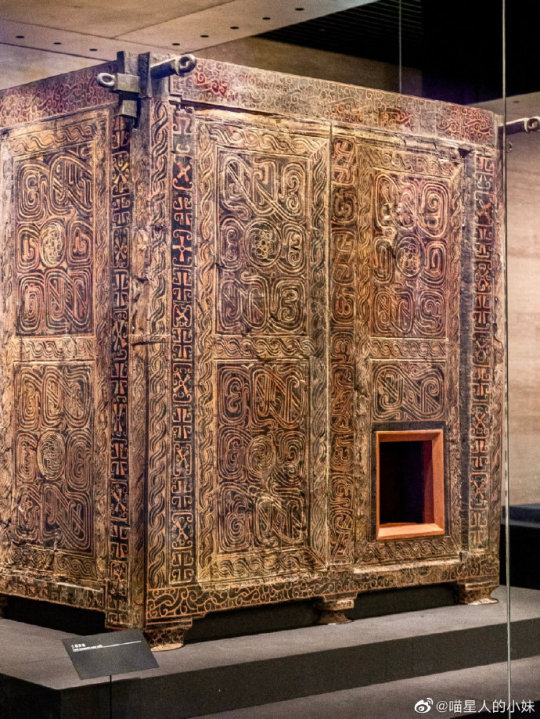

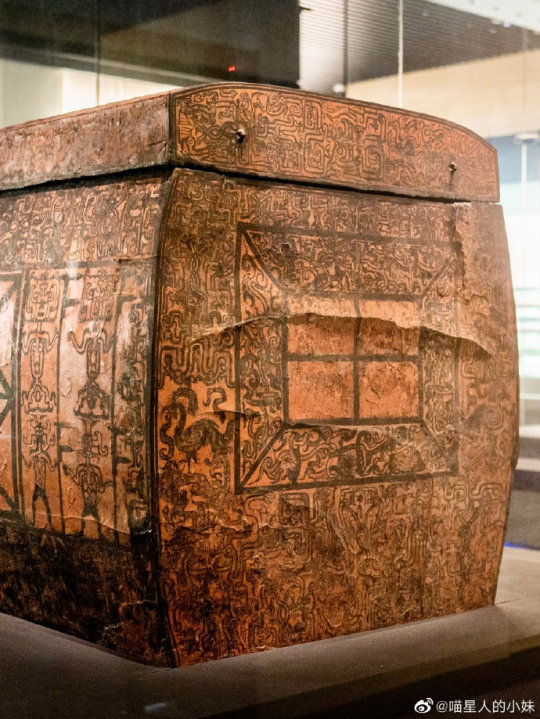
Luxury Lacquered Coffin of Marquis Yi: Largest in History
The coffin of the Warring States period was unearthed from the tomb of Marquis Yi of Zeng (曾侯乙) in Leigudun (擂鼓墩), Suizhou, Hubei, in 1978.
The outer coffin is 3.2 meters long, 2.1 meters wide, 2.2 meters high, and weighs about 7 tons. It is composed of 10 copper columns embedded within 10 wooden boards of the same height. The painting on the surface of one of the coffins depicts weird and armed anthro-zoomorphic beings.
Displayed in Hubei Provincial Museum (湖北省博物馆).
Photo: ©喵星人的小姐
#ancient china#chinese culture#chinese art#chinese history#coffin#ancient tomb#burial#warring states period#warring states era#artefact#lacquer#曾侯乙墓#laquerware#tomb art#archeology#chinese customs
302 notes
·
View notes
Text
An enormous 7-foot iron sword has been found in an ancient burial mound in Japan. It was created as a weapon of ‘spiritual warfare’ for use in afterlife battles where demons strived to capture one’s journeying soul.
642 notes
·
View notes
Text

a poet's funeral
youtube
#isometric#ambience#ambiance#romanticism#funeral#burial#tomb#island#isle#meadow#dream#dreamy#ethereal#Youtube#blender
109 notes
·
View notes
Text
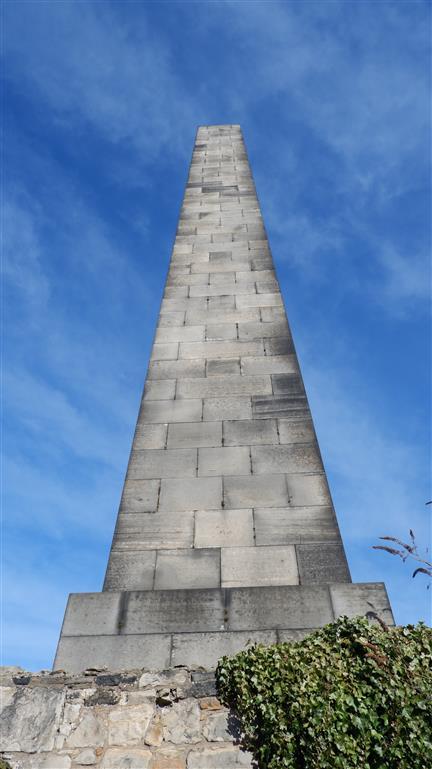
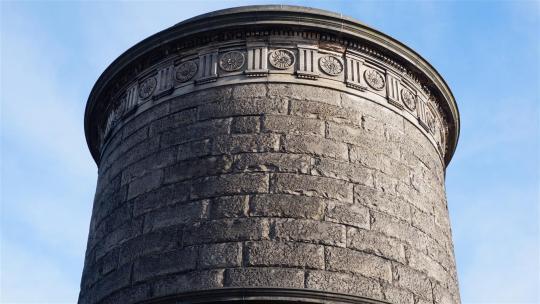
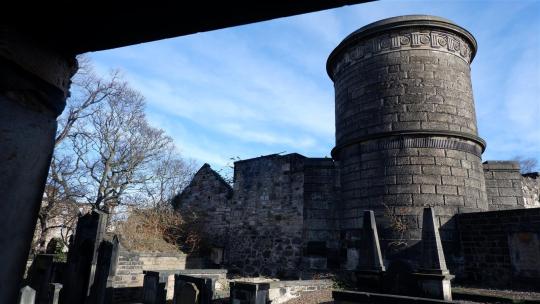
in New Calton Burial Ground, Edinburgh, Scotland.
#Towers#Burial#Gothic#Dark Academia#Witchcore#Cemetery#Cemeteries#Burial Ground#Aesthetic#Buildings#Structures#Historic#Gothcore#Goth Aesthetic#Witchy#Spooky#Taphophilia#Graveyard#Tombs#Goblincore
83 notes
·
View notes
Text
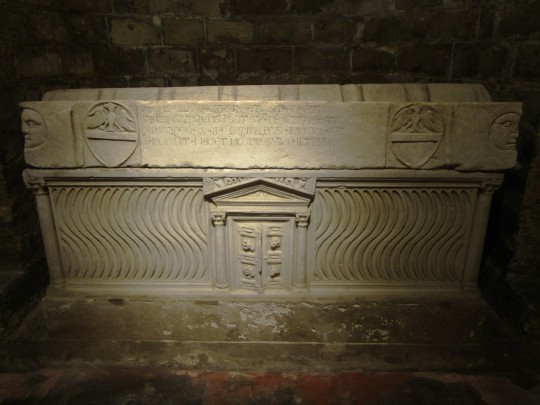
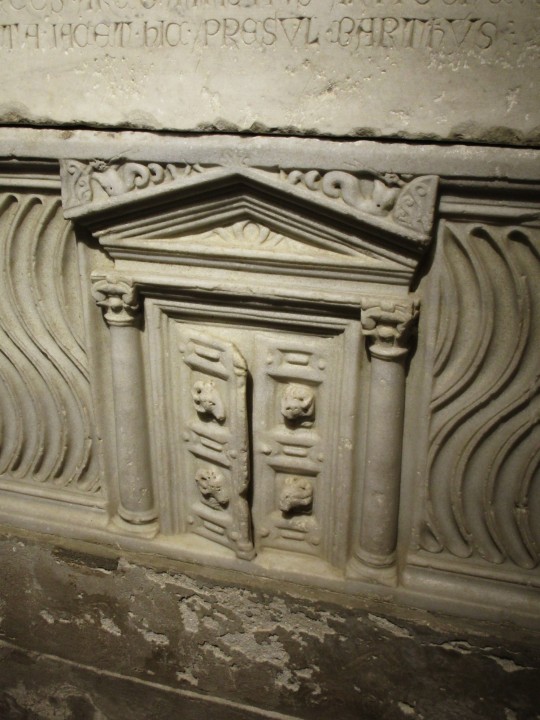

Roman sarcophagus with strigliata decoration, Carrara marble, used for the burial of Archbishop Bartolomeo d'Antiochia in 1311
Crypt of Palermo Cathedral - photos by Charles Reeza
#Roman art#marble sculpture#tomb#Sicily#Italy#Sicilia#burial practices#ancient art#classical antiquity
251 notes
·
View notes
Text



George Hoppers Tomb- Barnard Castle, UK
An inscription reads; 'Here stands my statue carved in stone/to mind ye living I am gone' and 'he cometh like a flower...'
Folklore surrounds Hopper's tomb, particularly that if you see Death's scythe move it means your demise is imminent.
#occult#gothic#folklore#memento mori#goth#folk horror#skull#dead#skulls#england#skull art#grave#gravestone#gravestones#cemetery#goth aesthetic#macabre#folkhorror#grim reaper#scythe#spooky#creepy#morbid#tomb#burial#graveyard
33 notes
·
View notes
Text

This is from 2019. It was a major find and it was voted one of the top ten finds in 2019 and a game changer in the world of archaeology. The tomb was amazingly preserved, giving archaeologists a lot of information about the tomb owner.
#2019#archaeological sites#archaeological finds#archaeologists#archaeology#Old Kingdom#archaeology.org#Archaeology Magazine#history#egypt#ancient history#egyptian history#arts and culture#Khuwy tomb#Saqqara#Khuwy#tombs#burial tombs#fifth dynasty#funerary complex#Czech Institute of Egyptology#Old Kingdom Egyptian dignitary#egyptian tomb#egyptology#history of egypt
0 notes
Text

A path through Highgate Cemetery
#London#Highgate#cemetery#graves#tombs#history#religion#burial#buried#cross#graveyard#death#path#England#UK
32 notes
·
View notes
Photo

Pentre Ifan Burial Chamber, Wales
282 notes
·
View notes
Text


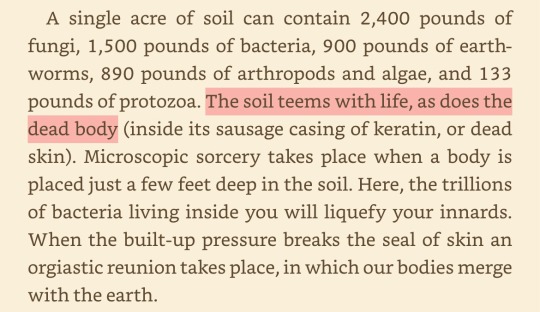
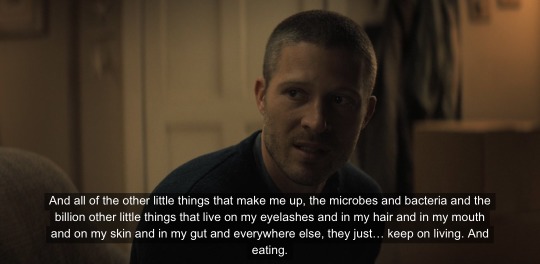

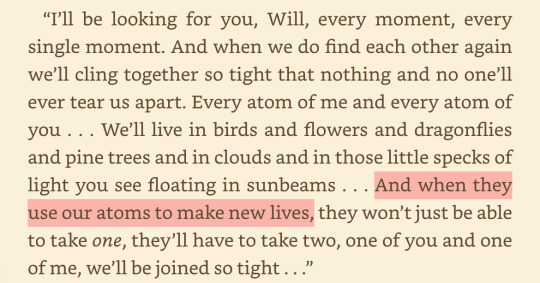
design for the track ‘fall for me’ by sleep token | whale fall | from here to eternity, caitlin doughty | midtnight mass, mike flanagan | the amber spyglass, philip pullman
#i was reading about this place will become your tomb and how they used a whale fall as the design for fall for me#and that instantly reminded me about from here to eternity#that book made me realize i want a natural burial#like just wrap me in a cloth and bury me in a hole in the ground and let nature consume me until there’s nothing left#and later that same day i rewatched episode 4 of midnight mass which has that amazing riley monologue about what happens after we die#AND THEN it got me thinking about this passage from his dark materials#that was probably the first time i came into contact with the idea of our atoms going back to the world when we die#little old 13 years old me read that and still thinks about it today#anyway#the whole idea of our bodies having a purpose in death#love that#sleep token has me constantly receiving psychic damage since i started listening to them about a month ago#sleep token#caitlin doughty#from here to eternity#midnight mass#his dark materials
48 notes
·
View notes
Text
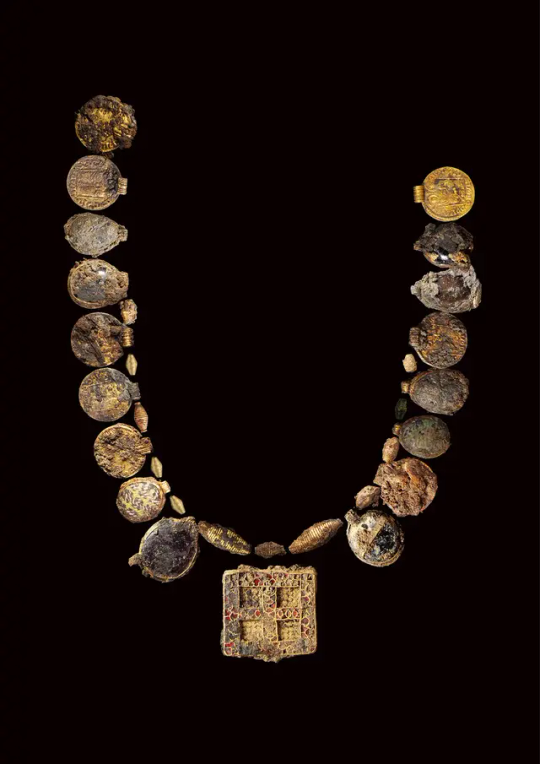
‘Unusual’ and ‘Unique’ Treasures Found in Woman’s 1,300-Year-Old Grave in England
More than 1,300 years ago, a young woman was buried in England — along with various medieval treasures. Now, a year after discovering the ancient grave, experts have unearthed another “unique” artifact from the site.
Archaeologists discovered an “extremely delicate, large silver and gold cross backed with wood,” according to a Dec. 12 news release from the Museum of London Archaeology. The cross was described as an “unusual item,” and it was found in a grave dating between 630 and 670 A.D.
The cross was first identified with an X-ray image, experts said. Then, archaeologists conducted micro-excavations by removing “whole blocks of soil” from the site before examining them in a controlled lab.

Lab excavations revealed the artifact, which is a central cross “decorated with a smaller gold cross,” according to officials. It has five garnets, one large and four smaller, and at the end of each arm is a small circular silver cross with garnet and gold at the center.
Experts said the cross resembles other crosses found in “high status female burials” from around the same time, indicating that the woman in the grave could have “held a very special position within the Christian community.”
“Seeing the central gold and garnet clasp cleaned up is breath-taking,” Simon Mortimer, an archaeology consultant, said in the museum’s news release. “The key is now to reassemble all of the evidence that was buried on that day with this lady – to understand the full significance of who she was, where she was from and how she came to be here and why. Those answers will rewrite our understanding of early Medieval Northamptonshire.”


Archaeologists are now working to determine whether the coins on the necklace were original Roman coins or if they were imitations made as part of the necklace, they said.
The original excavation also revealed several teeth fragments, but officials said further investigations at the site have uncovered more bones, which will give more insight into the deceased.
Since last year, osteologists have discovered “the upper part of a femur, part of the pelvic bone, some vertebrae and part of a hand and wrist,” the museum said. The bones were preserved because they were covered by a “crushed copper dish placed within the grave.”
Early analysis of the skeletal remains indicate that the deceased was likely a young woman, but further tests will be conducted to determine more details, according to experts.
Harpole is in Northamptonshire, which is approximately 70 mile northwest of London.
By Moira Ritter.
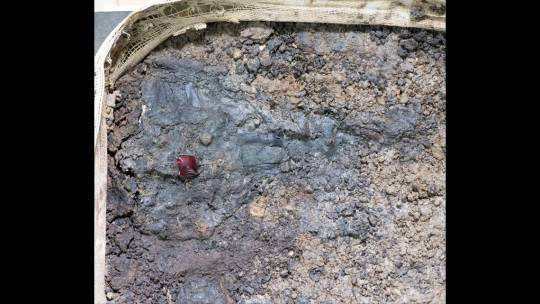
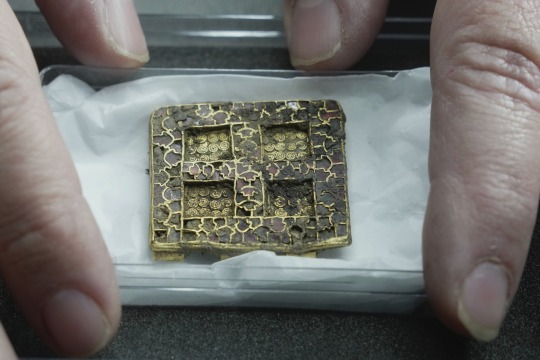
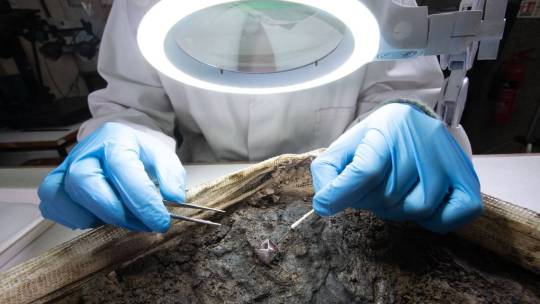


#‘Unusual’ and ‘Unique’ Treasures Found in Woman’s 1300-Year-Old Grave in England#Museum of London Archaeology#high status female burial#ancient grave#ancient tomb#ancient artifacts#archeology#archeolgst#history#history news#ancient history#ancient culture#ancient civilizations#medieval history#ancient jewelry#ancient art
133 notes
·
View notes